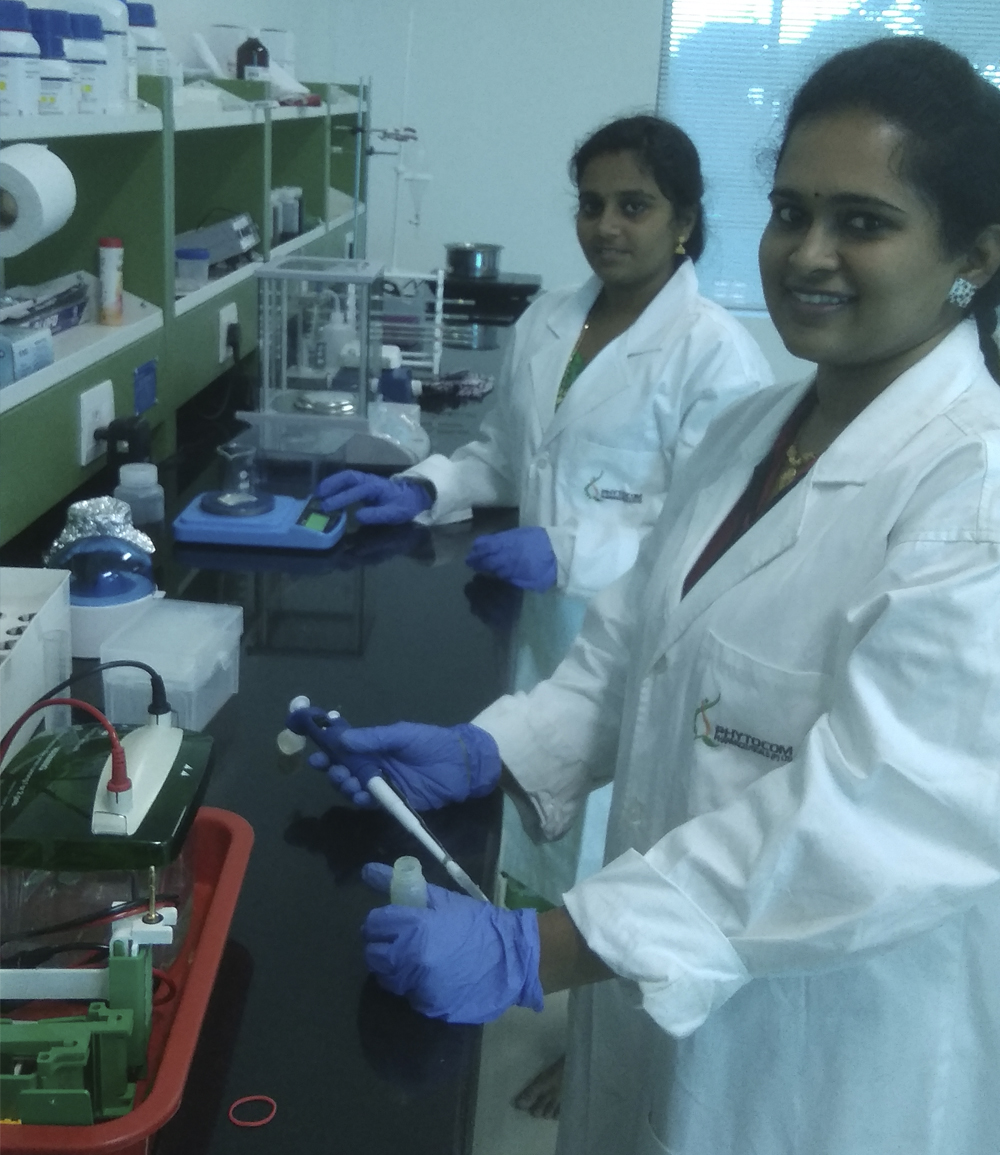Research and Development
Food losses due to crop infections from pathogens such as bacteria, viruses and fungi are persistent issues in agriculture for centuries across the globe. In order to minimize the disease induced damage in crops during growth, harvest and postharvest processing, as well as to maximize productivity and ensure agricultural sustainability, advanced disease detection and prevention in crops are imperative. Laboratory-based techniques such as polymerase chain reaction (PCR), immunofluorescence (IF), fluorescence in-situ hybridization (FISH), enzyme-linked immunosorbent assay (ELISA), flow cytometry (FCM) and gas chromatography-mass spectrometry (GC-MS) are some of the direct detection methods. Indirect methods include thermography, fluorescence imaging and hyperspectral techniques. These are relatively difficult to operate, require expert technicians and are time consuming for data analysis. In addition, most of these methods cannot provide real-time detection which makes them less suitable for on-field testing and early warning systems. The untamed potential of various biosensors for plant disease detection can be explored. The specificity of the biosensors could be greatly enhanced by the use of enzymes, antibodies, DNA and bacteriophage as the specific recognition element.



